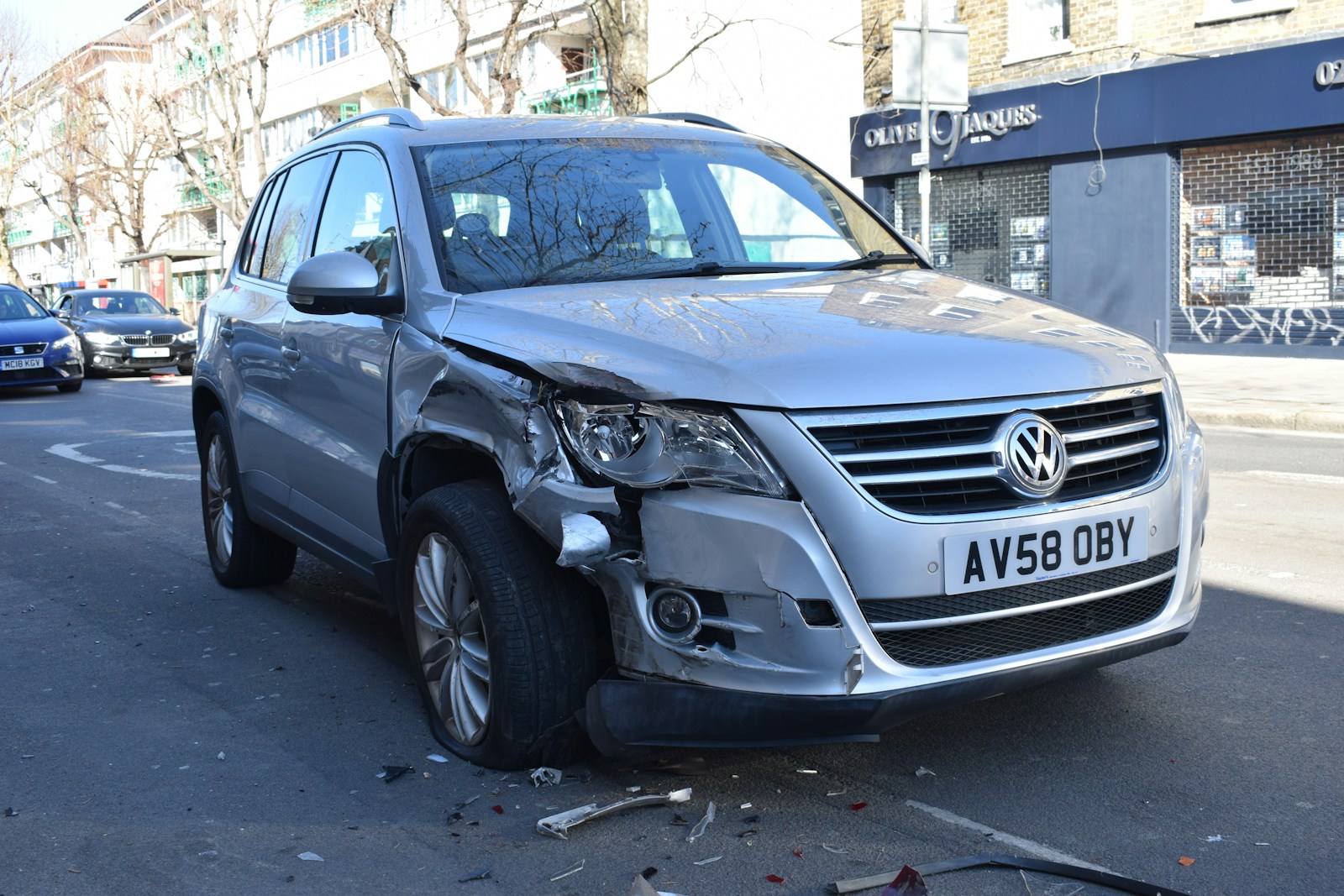Shopping for a used car? One of the biggest pitfalls to avoid is buying a title-branded vehicle without realizing it. While some branded titles can be harmless if properly repaired, many are red flags for deeper issues—and resale nightmares.

This guide walks you through exactly how to identify title-branded cars before you buy, using step-by-step checks that anyone can follow. It’s a must-read if you’re considering any private sale or budget-friendly used vehicle.
What Is a Title Brand?
A title brand is a permanent label added to a vehicle’s title by the DMV to indicate a serious event in its history. Common title brands include:

- Salvage: Totaled by an insurance company due to damage or theft.
- Rebuilt / Reconstructed: A salvage car that has been repaired and re-titled.
- Flood / Water Damage: Exposure to flooding or standing water.
- Lemon / Manufacturer Buyback: Returned under lemon laws due to unresolved issues.
- Odometer Rollback: Tampering or discrepancy in mileage reporting.
These brands significantly impact resale value, insurability, and safety.
Why It Matters
While some title-branded cars can still be drivable and affordable, they come with risks:
- Harder to finance or insure
- Lower resale value
- Potential hidden mechanical or electrical problems
- Some may not be road-safe
If a deal seems too good to be true, checking for title brands is your first line of defense.
Step-by-Step Guide to Spot Title-Branded Cars
1. Get the VIN (Vehicle Identification Number)
Every car has a unique 17-digit VIN, usually located:
- On the dashboard near the windshield
- Inside the driver’s door jamb
- On the title or registration documents
Don’t proceed with a sale unless you have this number.
2. Use a Reputable VIN Decoder or Vehicle History Report
Once you have the VIN, run a history report. Trusted sources include:
- Carfax
- AutoCheck
- National Motor Vehicle Title Information System (NMVTIS)
- VINCheck from the National Insurance Crime Bureau (NICB) – Free and government-backed
These services check databases from DMVs, insurance companies, and auctions to report:
- Title brands
- Odometer history
- Accidents
- Previous owners
- Salvage records
⚠️ Be cautious if the seller refuses to provide a report or let you run your own.
3. Examine the Title in Person (If Available)
When possible, look at the actual physical title:
- In most states, brands like “Salvage,” “Rebuilt,” or “Flood” are printed in a different color or section.
- Ensure the VIN on the title matches the VIN on the car.
Tip: If the title is marked “Bonded” or “Duplicate,” ask for an explanation.
4. Inspect the Car for Visual Red Flags
Some signs that could indicate a previously branded vehicle:
- Mismatched paint panels or uneven gaps
- Rust or mold (suggests flooding)
- New parts on only one side of the vehicle
- Airbag warning lights or non-functional airbags
- Electrical issues with lights or infotainment systems
Even without a title brand, these issues might suggest prior damage that wasn’t reported.
5. Check for State Title Variations
Some title brands only apply in specific states. A vehicle that was branded in one state can appear clean in another—a practice known as “title washing.”
Use the NMVTIS report to verify the full state-by-state title history. This is crucial for spotting title-washed vehicles.
Bonus: Ask These Seller Questions

- Has the car ever been in an accident or flood?
- Can I see the title in person?
- Why is the price significantly below market?
- Can I take the car to a mechanic for inspection?
Honest sellers won’t mind.
Best Tools to Check Title History
| Tool | Cost | Key Features | Website |
|---|---|---|---|
| Carfax | $$ | Most detailed history, trusted by dealers | carfax.com |
| AutoCheck | $ | Scored reports, great for auction cars | autocheck.com |
| NICB VINCheck | Free | Theft/salvage database check | nicb.org/vincheck |
| NMVTIS Reports | ~$10 | Federal title brand data | vehiclehistory.gov |
You Might Also Be Interested In:
- Best Used Cars Under $15,000 in 2025
- Should You Buy a Certified Pre-Owned Car?
- How to Increase Car Resale Value
Final Thoughts
Title-branded vehicles aren’t automatically bad—but they require careful inspection, history checks, and a solid price reduction. For most buyers, it’s safer to walk away than gamble on an unknown past.
Always run a VIN check, inspect the car, and look at the title before signing anything. Spending 15 minutes now can save you thousands—and a major headache—later.
If you’re serious about buying used cars in 2025, this step should be non-negotiable.
Let’s Talk Cars
Have a question? A suggestion? Just want to say hi?
You’re in the right place.
Use the form below to reach out to the AutoSpecs Daily team. We're happy to hear from readers, car lovers, first-time buyers, and anyone who's got something to share.
What can you contact us about?
- Feedback on one of our articles
- Ideas for new topics you'd like us to cover
- Questions about cars, gear, or general auto advice
- Media, partnership, or brand inquiries
- Anything else that's on your mind
We check every message that comes through and do our best to respond within 2 to 3 business days.
We don’t list an email address here to avoid spam, but the contact form is the best and fastest way to reach us.
Thanks for stopping by. We're glad you're here.

